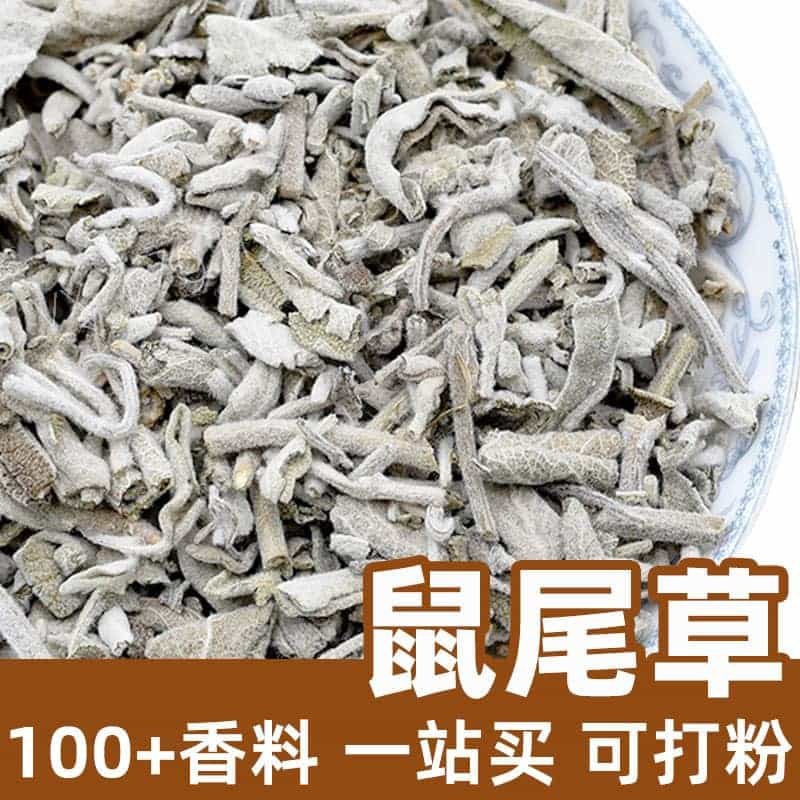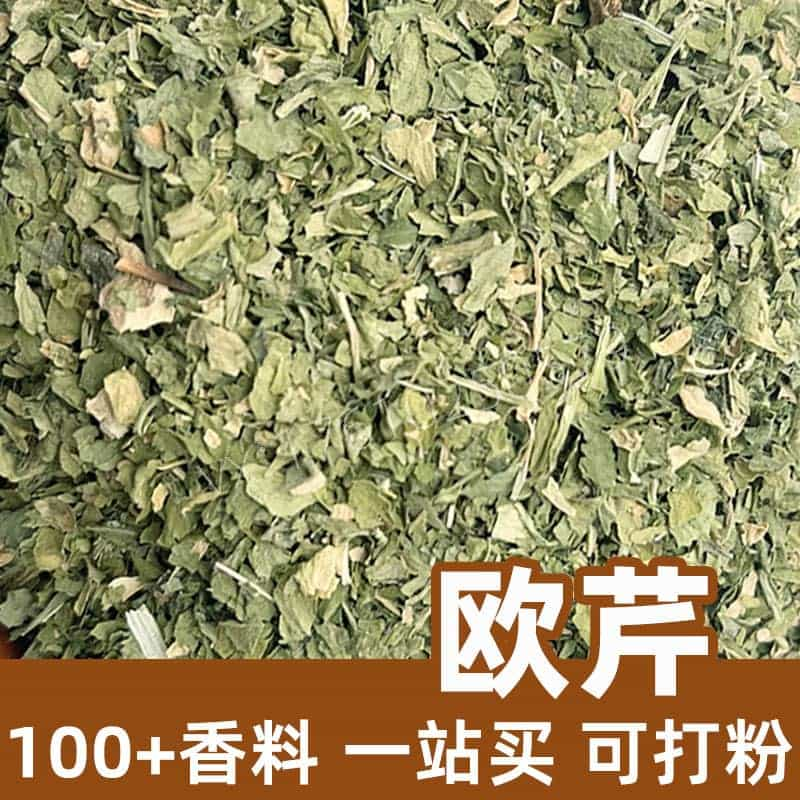Product Introduction
Ginger, scientifically known as Zingiber officinale, is a flowering plant whose rhizome, or underground stem, is widely appreciated for its culinary and medicinal applications. Recognized for its distinct spicy flavor and aroma, ginger has a rich history that dates back thousands of years, originating in Southeast Asia. It has become a staple in various cuisines around the world, particularly in Asian, Indian, and Middle Eastern dishes.
The primary active components of ginger include gingerol, shogaol, and zingerone, which contribute to its unique flavor profile and therapeutic benefits. Ginger is known for its warming, pungent qualities, which make it a popular ingredient in savory dishes, desserts, and beverages, such as ginger tea and ginger ale.
In addition to its culinary uses, ginger boasts a long-standing reputation in traditional medicine. It has been utilized for its anti-inflammatory, analgesic, and digestive properties, often recommended for alleviating nausea, reducing motion sickness, and easing digestive discomfort.
Ginger is versatile, available in various forms including fresh, dried, pickled, and powdered. Its popularity and global distribution illustrate the spice’s importance not only as a flavoring agent but also as a health-promoting food.
Aromatic Chemical Composition
Ginger’s characteristic aroma and flavor arise from its complex chemical composition, which includes several key aromatic compounds:
- Gingerol: The primary bioactive compound, responsible for the pungent taste and numerous health benefits.
- Shogaol: A dehydrated form of gingerol formed when ginger is dried or cooked; has potent anti-inflammatory effects.
- Zingerone: Developed from gingerol when cooked, providing a sweeter aroma and flavor with antioxidant properties.
- Essential oils: Such as zingiberene, β-phellandrene, and α-turmerone, which contribute to the spice's aromatic profile.
What Types of Products Are Available?
Ginger is available in multiple forms, each suited for different culinary applications:
- Fresh Ginger: Whole roots that can be sliced, grated, or minced for direct cooking applications.
- Dried Ginger: Ground into powder, commonly used as a spice in baking and cooking.
- Pickled Ginger: Often found in sushi restaurants, providing a tangy flavor that complements various dishes.
- Ginger Tea: Sold as loose dried leaves or in tea bags, offering an easy way to consume ginger for health benefits or enjoyment.
- Ginger Oil: Used in aromatherapy, cosmetics, and as a flavoring agent in food products.
- Ginger Extract: Concentrated forms used in supplements and natural remedies for medicinal purposes.
Application Scenarios and Usage Dosage
Ginger's versatile nature allows it to be used in numerous culinary contexts, enhancing flavors and offering health benefits. Here are some common applications and suggested dosage for different uses:
Culinary Uses
- Soups and Broths: Fresh ginger adds warmth and depth to various soups. A typical dosage would be 1-2 inches of fresh ginger, finely sliced or minced, per pot of soup.
- Stir-fries: When cooking stir-fries, add 1 teaspoon of freshly grated ginger or ½ teaspoon of ground ginger at the beginning for flavor enhancement.
- Baking: Ground ginger is commonly used in baking, particularly in cookies and cakes. A dosage of 1-2 teaspoons per recipe is standard.
- Beverages: Ginger tea can be brewed using 1-2 teaspoons of freshly grated ginger boiled in water. For a more concentrated infusion, a ginger extract can be added; approximately 1 teaspoon per cup of tea is recommended.
- Sauces and Marinades: Ginger works well in marinades, providing a spicy zing. Depending on the recipe, use around 1 tablespoon of minced fresh ginger.
- Pickling: In pickling, ginger can be added to pickling brine in amounts of 1-2 tablespoons of fresh or pickled ginger, enhancing the overall flavor profile.
Health Uses
- Nausea Relief: For motion sickness or morning sickness, a common recommendation is to consume ginger tea made from 1-2 grams of fresh ginger or 250 mg of ginger extract.
- Anti-inflammatory: Supplements in the form of ginger capsules often contain 500-1000 mg of powdered ginger daily, divided into doses.
Ginger is not only valued for its flavor but also for its therapeutic attributes. However, it is essential to note that individuals with certain health conditions or who are pregnant should consult healthcare providers regarding the appropriate dosage and potential interactions with medications.
Introduction to the Source Plant, Distribution, and Growing Environment
The ginger plant, Zingiber officinale, thrives in warm, humid tropical and subtropical climates. It prefers well-drained, rich soil with good organic matter content. India is the largest producer of ginger globally, followed closely by China, Indonesia, and Jamaica. Ginger requires careful cultivation practices, including proper spacing and watering, to achieve healthy rhizome development.
The susceptible nature of ginger plants to various pests and diseases necessitates attentive agricultural practices to ensure high yield and quality of the spice. Together with favorable growth conditions, the right cultivation techniques yield a rich and aromatic product cherished worldwide.
Harvesting, Processing, and Storage Preservation
Harvesting ginger typically occurs 8-10 months after planting. When the plant's leaves start to turn yellow, it indicates that the rhizomes are ready to be harvested. Care must be taken during extraction to avoid damaging the rhizomes, which can affect quality.
After harvesting, ginger is processed depending on its intended use. Fresh ginger can be cleaned, trimmed, and packaged, while dried ginger goes through a drying process that reduces moisture content to enhance preservation.
For storage, fresh ginger can last several weeks in the refrigerator within a perforated plastic bag. Dried ginger should be stored in a cool, dark place in airtight containers to prevent moisture absorption and preserve potency. Proper storage practices are crucial for maintaining the spice's flavor and aroma over time.
Monica Sun is a seasoned expert in the natural raw materials industry, with over a decade of experience specializing in traditional Chinese medicinal herbs, spices, and fungi. She is skilled in the sourcing, processing, and application of these materials, emphasizing sustainability and innovation. Monica Sun has contributed to the development of high-quality natural raw materials that serve as essential components in functional foods, pharmaceuticals, and cosmetics, delivering tailored solutions to meet diverse market needs.

.jpg?orientation=landscape&width=800&height=800)









.jpg)


